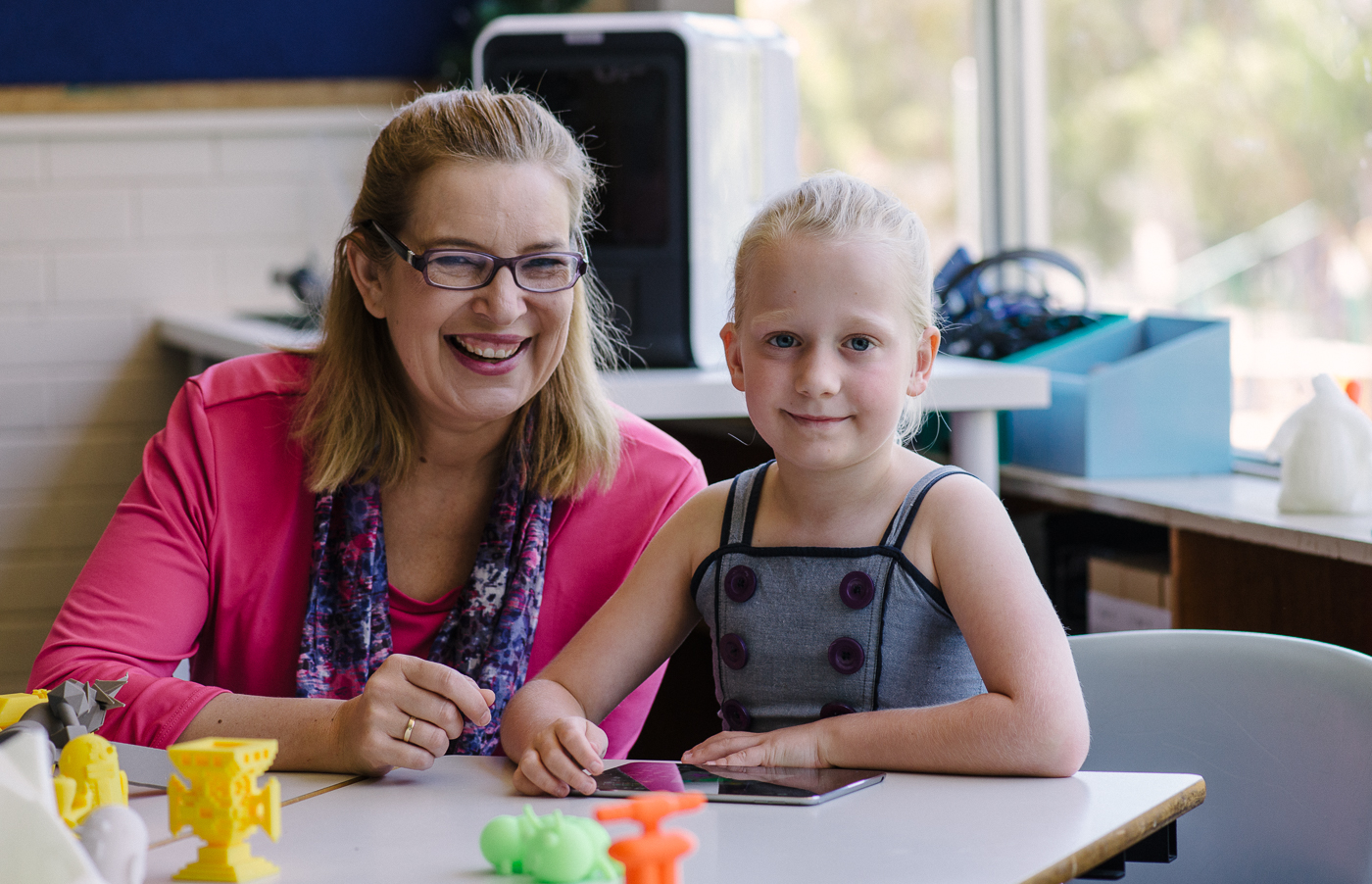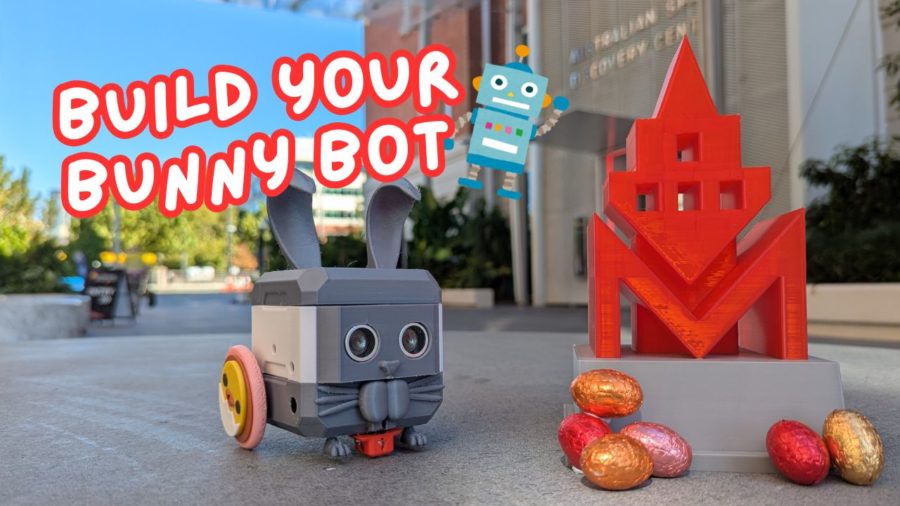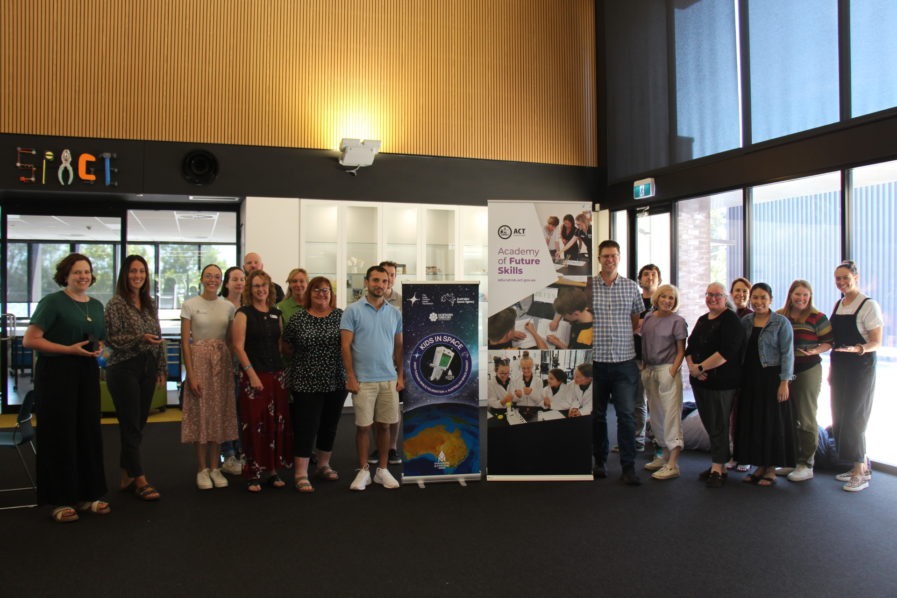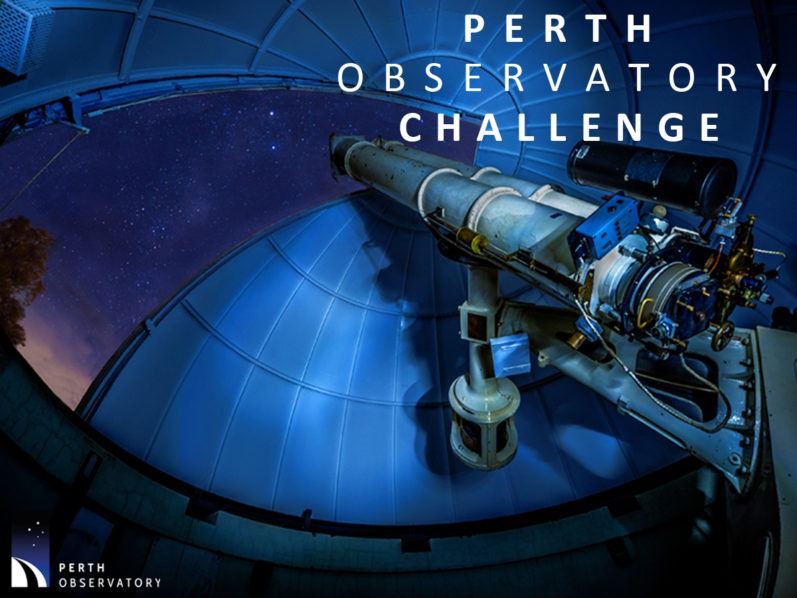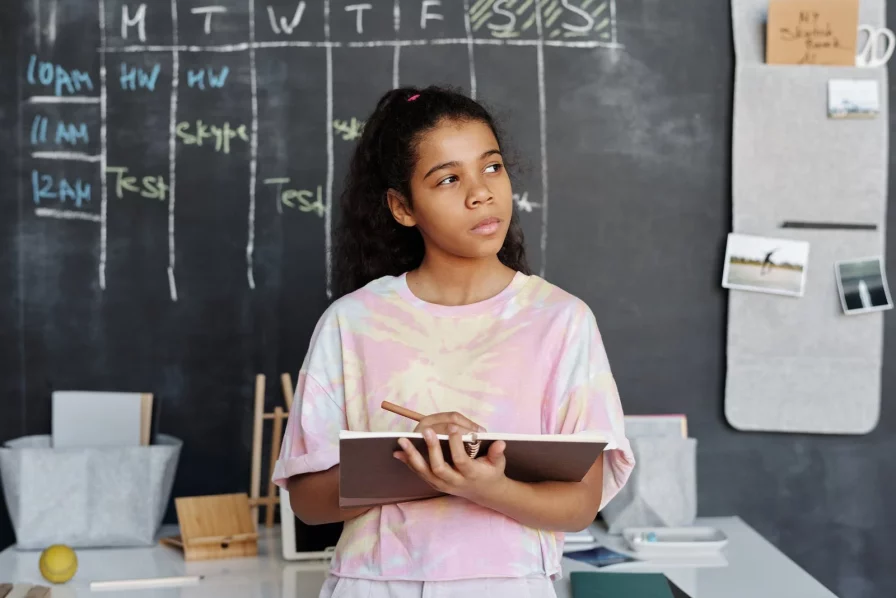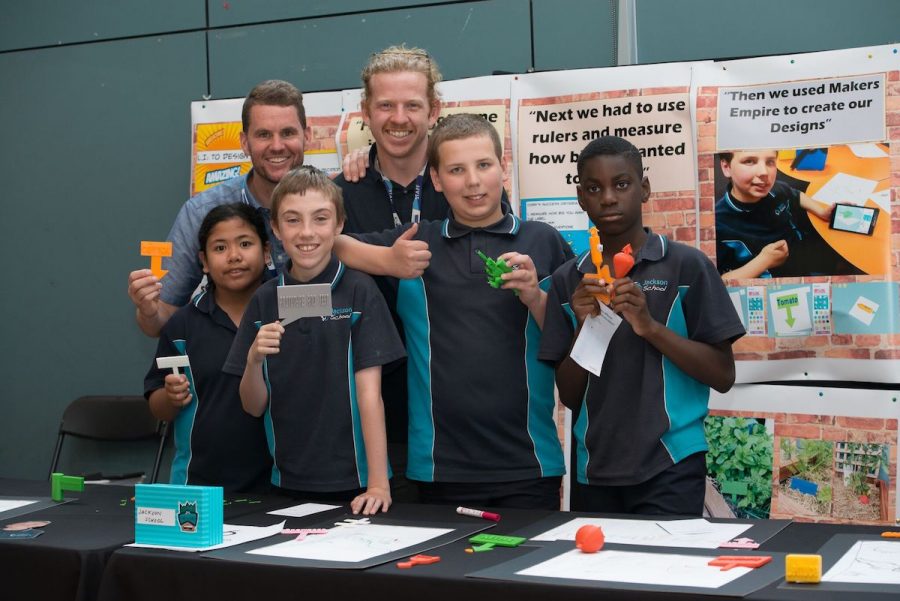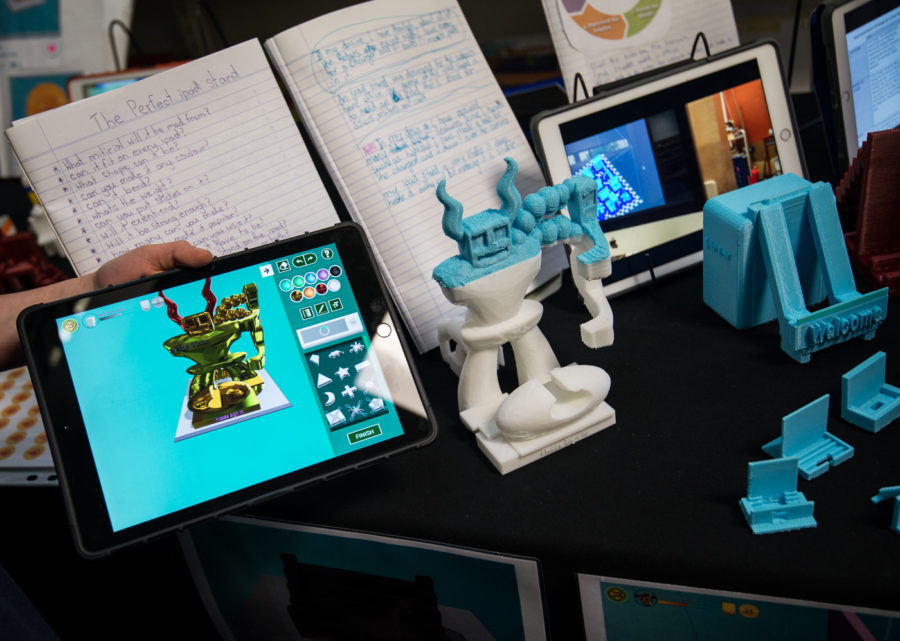STEM has been a hot topic for some time now, and we need it to stay that way as educators, industry and government work together to make sure that our young people are well equipped to thrive in the future. I think we can all agree that our young people are heading into a future with much uncertainty. We don’t know what jobs they will be doing or what problems they will be required to solve.
We do know, however, that our young people will need to be resilient and adaptable and have a repertoire of skills and strategies up their sleeves to deal with situations and challenges they have never seen before.
Careers in STEM will be at the forefront of responding to and driving change in many fields and it is vital that our young people are ready for this.
Everywhere I turn, I hear people talking about STEM, which is great. It’s important that we are working together, debating and discussing the best ways to work together for the benefit of our young people and the future. Sometimes, however, I am puzzled about the content of the discussions and debates I’m involved in or eavesdrop into. When we should be focussed on how to best use our resources to best equip our young people for the future, the discussions often turn to the acronym STEM. Shouldn’t it include an A to acknowledge the significant and important role of the Arts, what about R for reading, or indeed R for religion and so on and so forth?
There are many strong and valid opinions about a seemingly harmless acronym. However, I think these discussions are somehow missing the point and distracting from the real issues.
Of course, we know that STEM stands for Science, Technology, Engineering, and Mathematics, but the point is that STEM is an interdisciplinary, or ideally a transdisciplinary approach. It’s not about teaching more math, science, technology, or engineering lessons. It’s about structuring learning opportunities where students draw on their knowledge, skills, and ways of working from multiple disciplines and apply them in integrated, authentic, and meaningful contexts to solve problems, meet real-world challenges, and develop deep connections to the world around them. Experts like Kamau Bobb suggest that STEM education should focus on creating learning opportunities that encourage students to utilize their knowledge, skills, and methods from multiple disciplines.
STEM is about having a toolkit full of methods, strategies, knowledge, skills and ways of thinking. It’s about knowing when to draw upon different skills and strategies and being able to use multiple methods to solve problems and address challenges. My point is, that as an interdisciplinary approach, STEM asks students to work across disciplines, so of course, these means drawing upon literacy, arts and the humanities and any other discipline as students work through authentic, real-world learning experiences.
I also believe that the STEM approach can’t exist on its own. To be able to reach into an interdisciplinary set of tools and apply them to a range of contexts, students need to know what the tools are and how to use them. There is definitely still a place for developing knowledge, skills and discipline-specific ways of working. As a strong advocate for the interdisciplinary approach of STEM, or whatever you choose to call it, I also see the need for paying attention to the S T E M and indeed the A and R as important disciplines. The learning students gain from these disciplines enables them to think and work effectively in interdisciplinary ways.
At Makers Empire we provide the perfect tools for teachers to use with their students in an interdisciplinary STEM approach. Students can easily generate ideas, create and test prototypes and developed designed solutions to real-world problems and respond to complex scenarios.
Our lesson plans provide a wealth of ideas for engaging students in integrated, STEM-based learning with a focus on design thinking.
We can also help with the explicit skills and ways of thinking included in Design and Technology and Engineering curricula from around the world. Our in-app challenges are specifically aligned to outcomes in these curriculum documents and allow students to develop their skills and understandings in a fun and engaging way.
In short, Makers Empire is a perfect tool for an interdisciplinary approach to teaching STEM as well as providing opportunities to develop skills and ways of thinking for the T and E parts of STEM.
Let’s work together to ensure our students are well equipped to thrive, survive and drive change in the future.
AUTHOR BIOGRAPHY
Mandi Dimitriadis, DipT. is the highly regarded and passionate Director of Learning at Makers Empire. She is an experienced classroom teacher who recognises the power of technology to enhance teaching and improve educational outcomes. Mandi has extensive experience with curriculum development and learning, having previously developed programs for the Australian Government’s Department of Education. She is passionate about Design Thinking and how best to prepare today’s students for the future.

